Set out on an awe-inspiring journey to explore some of the most breathtaking coral reefs on Earth. From the vibrant waters of the Great Barrier Reef to the hidden gems of the Caribbean, these natural wonders offer a glimpse into some of the most diverse and colorful ecosystems in the world.
Each of these coral reefs is unique, home to an incredible array of marine life and shaped by ongoing conservation efforts to preserve their beauty for future generations. Whether you’re an experienced diver or simply fascinated by the wonders of the ocean, this guide will deepen your appreciation for these extraordinary underwater landscapes.
The Great Barrier Reef, Australia

Spanning over 2,300 km along Australia’s northeast coast, the Great Barrier Reef is the largest coral reef system on Earth. This UNESCO World Heritage site is composed of nearly 2,900 individual reefs and 900 islands, forming a rich marine habitat. Home to over 1,500 species of fish, 400 types of coral, and numerous protected species like the dugong and green sea turtle, this ecosystem is as diverse as it is vast.
Visitors can experience the reef through snorkeling, scuba diving, or scenic flights, witnessing its brilliant coral formations and crystal-clear waters. Iconic dive sites such as the SS Yongala wreck and Cod Hole provide unforgettable encounters with vibrant marine life. Conservation initiatives continue to focus on protecting this delicate ecosystem from environmental threats like climate change and pollution.
Raja Ampat, Indonesia

Nestled in the Coral Triangle, Raja Ampat is one of the world’s richest marine biodiversity hotspots. This Indonesian archipelago consists of more than 1,500 islands and is home to over 1,400 fish species and 600 coral varieties.
The name “Raja Ampat” translates to “Four Kings,” referring to its four main islands: Misool, Salawati, Batanta, and Waigeo. Its underwater landscapes include pristine coral gardens, sea fan-covered walls, and shallow reefs teeming with colorful fish. Encounters with manta rays, sharks, and rare species like the walking shark make diving here a truly unique experience.
With strict conservation measures in place, including eco-tourism initiatives, Raja Ampat remains a well-preserved paradise for divers and marine enthusiasts.
Palau’s Rock Islands, Micronesia
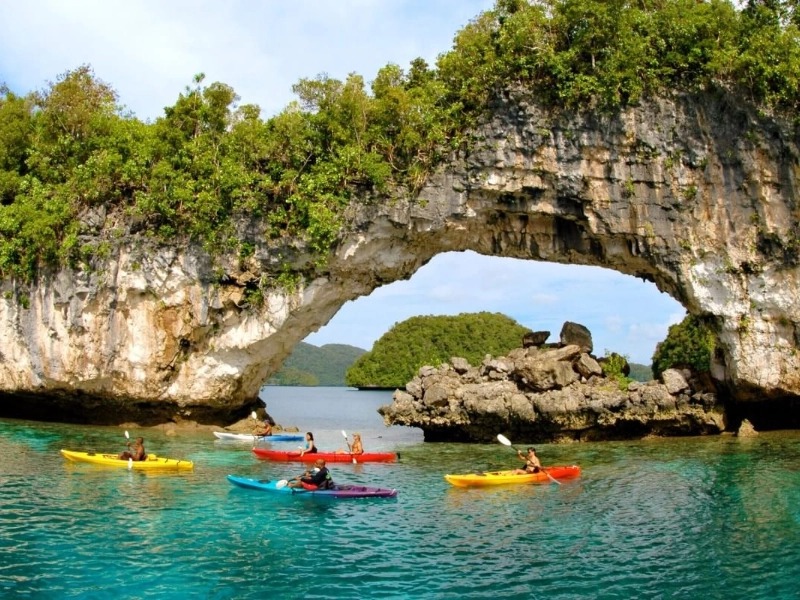
Palau’s Rock Islands are a UNESCO World Heritage site comprising around 250 limestone islands, many of which are uninhabited and surrounded by vibrant coral reefs. Known for their mushroom-like formations and crystal-clear waters, these islands offer some of the best snorkeling and diving in the Pacific.
A highlight of Palau is Jellyfish Lake, where visitors can observe thousands of golden jellyfish. While swimming is restricted to protect the ecosystem, the lake remains a fascinating natural wonder. Nearby, Blue Corner and German Channel attract divers with their strong currents and frequent manta ray sightings.
Palau is also a leader in marine conservation, having established the world’s first shark sanctuary in 2009 and banning harmful sunscreens to protect its coral ecosystems.
Maldives Coral Reefs, Indian Ocean
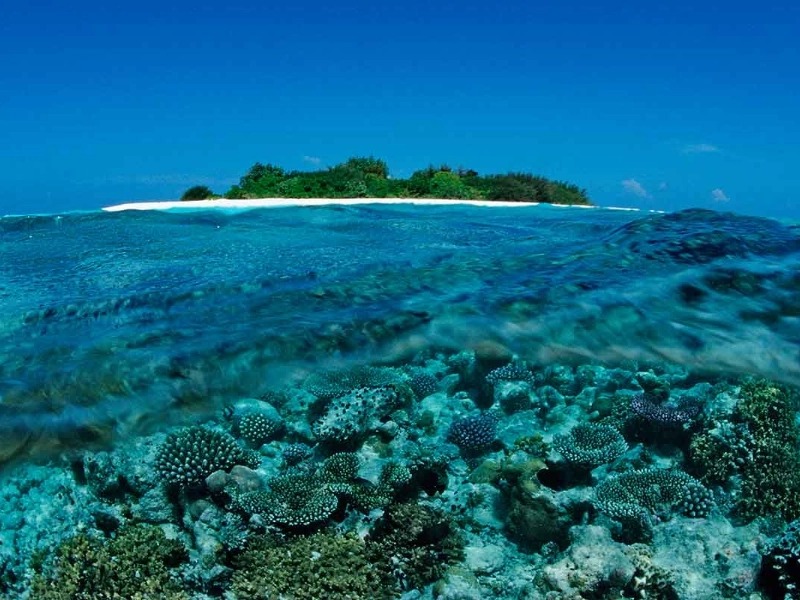
The Maldives, an island nation in the Indian Ocean, is known for its luxurious resorts and stunning coral reefs. With more than 250 coral species supporting a vast array of marine life, its underwater world is just as breathtaking as its white-sand beaches.
One of its unique features is thilas—underwater pinnacles that attract a diverse range of marine species. Popular dive sites include Hanifaru Bay, where manta rays and whale sharks gather seasonally, and Maaya Thila, a well-known spot for reef sharks.
With increasing conservation efforts, many Maldivian resorts now run coral restoration projects, allowing visitors to participate in reef conservation and learn about marine ecology.
Tubbataha Reefs Natural Park, Philippines
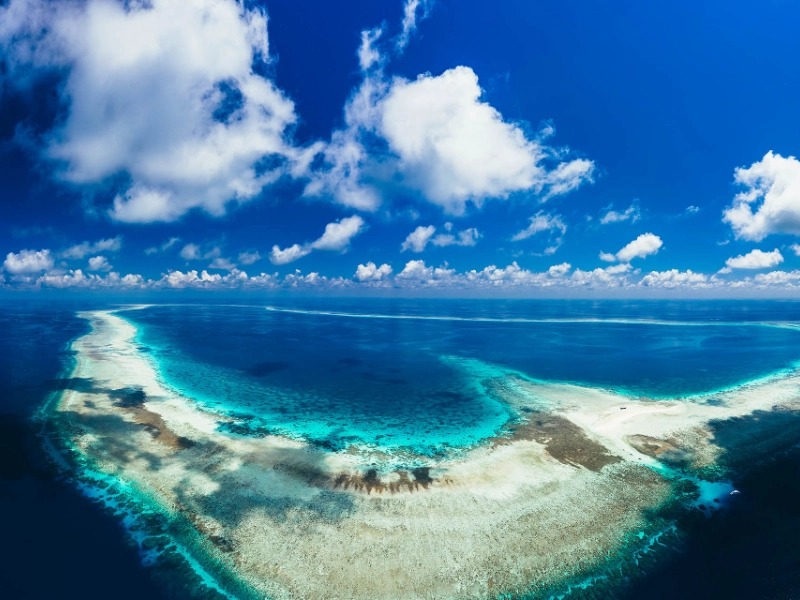
Located in the Sulu Sea, Tubbataha Reefs Natural Park is a UNESCO World Heritage site known for its well-preserved coral reefs. Covering over 97,000 hectares, it consists of two main atolls—North and South Atoll—along with Jessie Beazley Reef.
With over 600 fish species, 360 coral types, and various marine mammals, Tubbataha is a thriving marine sanctuary. Divers can witness schools of barracudas, manta rays, and even whale sharks. Its remote location has helped maintain its pristine condition, with conservation efforts ensuring its long-term protection.
Accessible only by liveaboard diving trips from March to June, Tubbataha remains an exclusive and well-preserved diving destination.
Red Sea Coral Reefs, Egypt

Stretching over 2,000 km along Egypt’s coast, the Red Sea is home to some of the most accessible and vibrant coral reefs in the world. These reefs thrive in unique conditions, including high salinity and stable temperatures, resulting in a strikingly diverse underwater environment.
Popular dive spots include Ras Mohammed National Park, known for its colorful coral gardens, and the Straits of Tiran, which feature dramatic reef formations and large pelagic species. Additionally, the SS Thistlegorm, a World War II shipwreck, serves as an artificial reef, attracting a wealth of marine life.
Egypt has taken steps to protect these reefs through marine reserves and conservation programs, promoting sustainable tourism in the region.
Belize Barrier Reef, Caribbean Sea
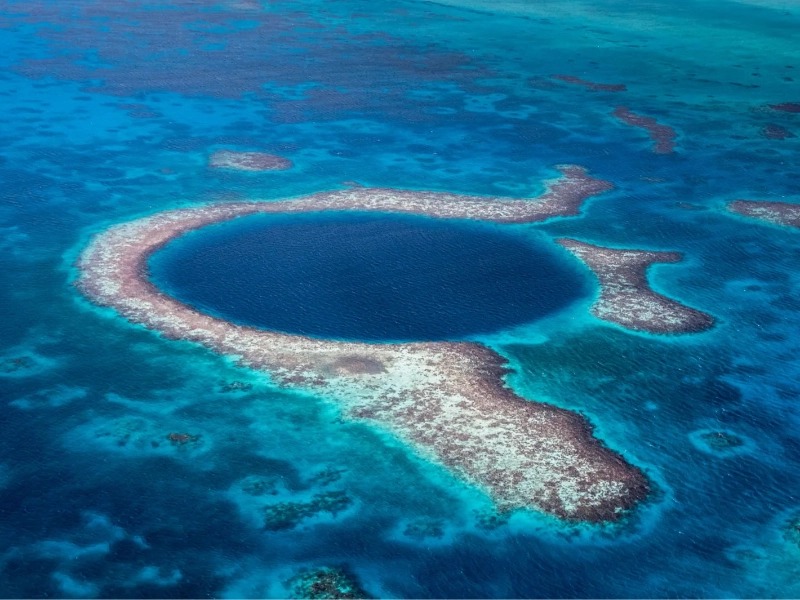
The Belize Barrier Reef is the second-largest coral reef system in the world, stretching 300 km along the coast. It encompasses seven marine reserves, more than 400 islands, and three atolls, including the world-famous Great Blue Hole.
With over 100 coral species and 500 fish varieties, the reef is a haven for divers and snorkelers. Highlights include Hol Chan Marine Reserve, where visitors can swim alongside nurse sharks and stingrays, and Gladden Spit, known for seasonal whale shark migrations.
Conservation efforts in Belize include bans on offshore oil exploration and single-use plastics, ensuring the reef’s preservation for future generations.
Cozumel Reefs, Mexico
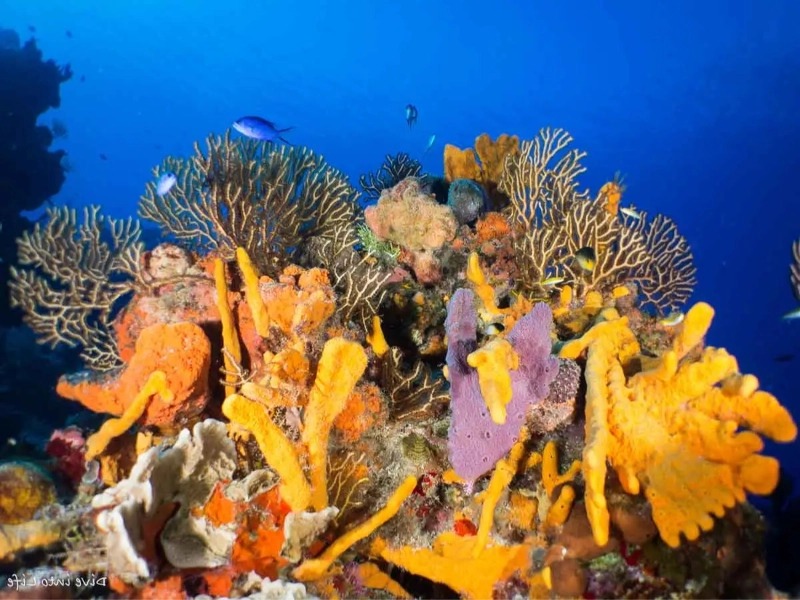
Part of the Mesoamerican Barrier Reef System, Cozumel’s reefs are known for their clear waters, impressive coral formations, and unique cave systems. Protected within the Cozumel Reefs National Marine Park, these waters support a rich variety of marine life, including the Cozumel splendid toadfish, an endemic species.
Diving sites like Palancar Reef and Santa Rosa Wall offer dramatic underwater scenery and frequent encounters with sea turtles and eagle rays. Conservation efforts focus on sustainable tourism and coral restoration projects to protect the island’s marine resources.
Fiji’s Coral Coast, South Pacific
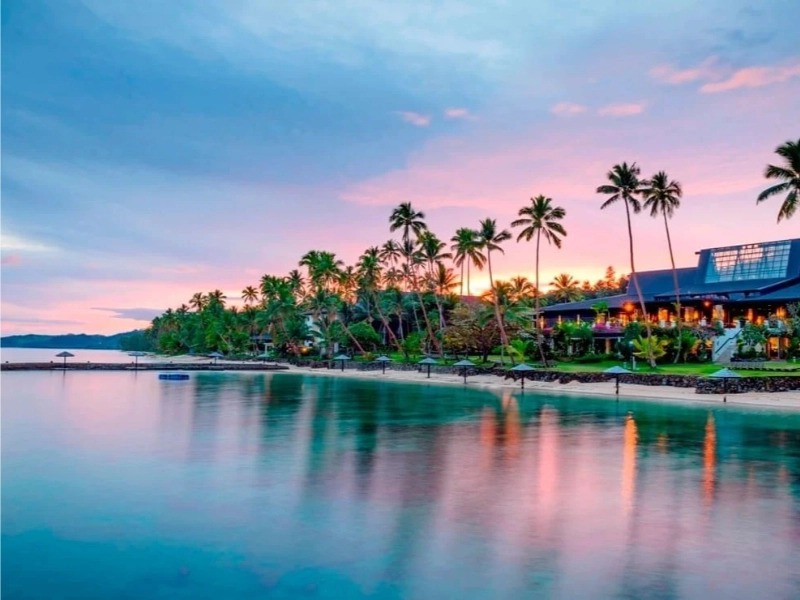
Fiji, often called the “Soft Coral Capital of the World,” is famous for its fluorescent coral reefs. The Great Astrolabe Reef, one of the world’s largest barrier reefs, is a sanctuary for diverse marine life, including manta rays and reef sharks.
Dive sites like Beqa Lagoon offer exciting shark encounters, while Namatakula is known for its colorful soft corals. Community-led conservation initiatives, such as Locally Managed Marine Areas (LMMAs), help protect these reefs while supporting sustainable tourism.
Cayman Islands Reefs, Caribbean Sea
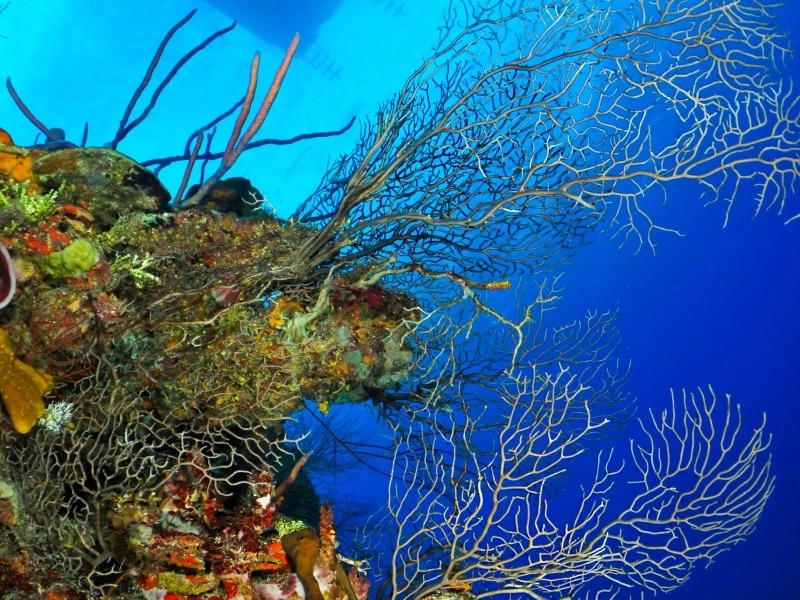
Surrounding Grand Cayman, Cayman Brac, and Little Cayman, the Cayman Islands boast some of the Caribbean’s best-preserved coral reefs. Notable sites include Stingray City, where visitors can interact with southern stingrays, and Bloody Bay Wall, one of the world’s top wall dives.
With strong marine park protections and coral restoration projects, the Cayman Islands are dedicated to preserving their coral ecosystems while promoting responsible tourism.
From the vast Great Barrier Reef to the remote waters of Tubbataha, these coral reefs stand as testaments to the beauty and resilience of our oceans. By supporting conservation efforts, we can help ensure that these underwater wonders continue to thrive for generations to come.
Leave a Reply